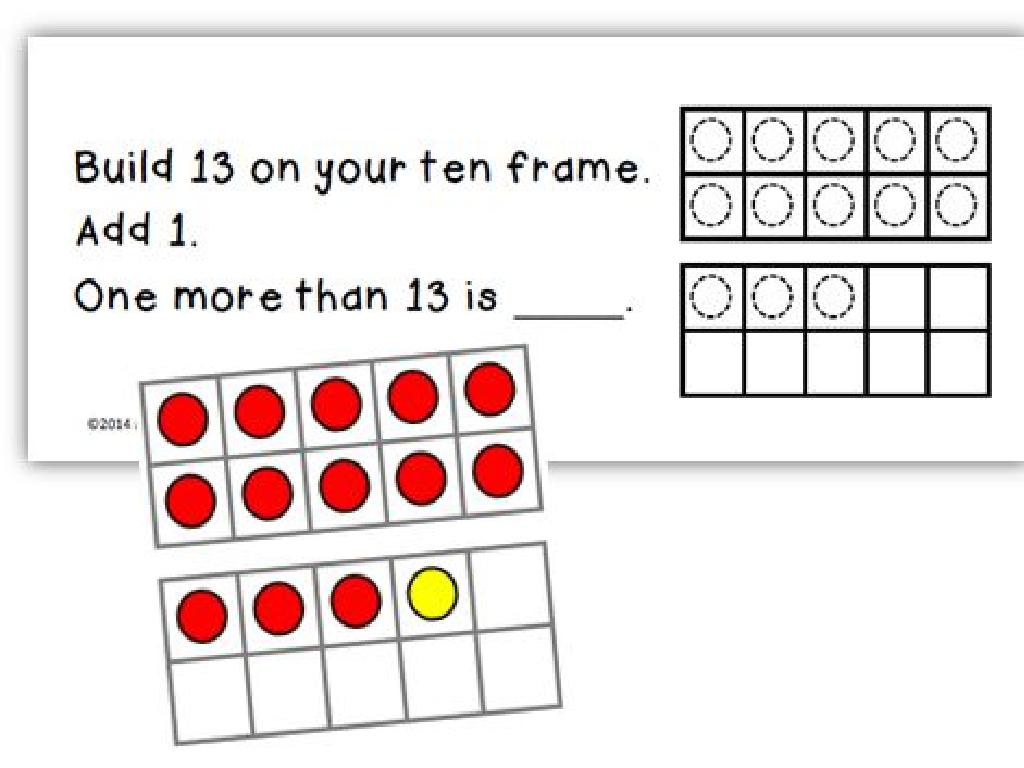Insurance
Subject: Life skills
Grade: High school
Topic: Financial Literacy
Please LOG IN to download the presentation. Access is available to registered users only.
View More Content
Introduction to Insurance
– Understanding insurance basics
– Insurance is a contract that offers financial protection or reimbursement against losses.
– Insurance’s role in financial literacy
– It’s essential for managing risk and protecting against financial catastrophes.
– Exploring different insurance types
– Health: covers medical expenses. Auto: covers car-related damages. Home: protects your residence. Life: provides for your family after death.
– Importance of each insurance type
– Health insurance ensures healthcare affordability. Auto insurance is often legally required. Home insurance safeguards your biggest asset. Life insurance supports dependents.
|
This slide introduces students to the concept of insurance as a fundamental aspect of financial literacy. Begin by explaining what insurance is and how it functions as a risk management tool, providing a safety net against unforeseen losses. Emphasize the importance of insurance in a comprehensive financial plan and how it helps to mitigate financial risks. Discuss the various types of insurance available, focusing on health, auto, home, and life insurance, and explain the specific protections each type offers. Highlight the relevance of each type of insurance in the context of a high school student’s current or future life stages. Encourage students to think about scenarios where each type of insurance might be necessary.
Understanding Insurance
– Definition of insurance
– A contract providing financial protection against potential future losses.
– Insurance operations: premiums, policies, claims
– Premiums are regular payments; policies are the contracts; claims are requests for payment.
– Functions of insurance companies
– Insurance companies assess risks, set premiums, and pay out claims.
– Significance of insurance in financial planning
|
This slide introduces students to the basic concept of insurance as part of their financial literacy education. Insurance is explained as a risk management tool that provides a safety net against financial losses. The operations of insurance, including the payment of premiums, the agreement terms in policies, and the process of filing claims, are outlined to give students a clear understanding of how insurance functions in practice. The role of insurance companies is also discussed, highlighting their responsibility in risk assessment and financial reimbursement. Emphasize the importance of insurance in personal financial planning, as it helps individuals and families mitigate the financial impact of unexpected events.
Understanding Different Types of Insurance
– Health Insurance: safeguards your well-being
– Covers medical expenses, often mandatory for employment.
– Auto Insurance: a legal requirement
– Required by law to protect against accidents and damages.
– Homeowners/Renters Insurance: secures your home
– Protects your property from theft, damage, or disasters.
– Life Insurance: financial safety for family
– Provides monetary support to your dependents after death.
|
This slide aims to introduce students to the basic types of insurance and their significance in everyday life. Health insurance is crucial for covering medical expenses and is often a requirement for full-time employment. Auto insurance is mandatory in many states and helps cover costs associated with car accidents. Homeowners or renters insurance is essential for protecting one’s residence against unforeseen events like theft or natural disasters. Lastly, life insurance is discussed in terms of providing financial security to an individual’s loved ones in the event of their passing. Encourage students to ask questions and consider how each type of insurance could be relevant to their lives or their family’s financial planning.
Risk Management through Insurance
– Insurance mitigates financial risk
– Insurance provides financial protection against unforeseen events, reducing potential monetary losses.
– Understanding risk pooling
– Risk pooling combines multiple risks, spreading the financial burden across all policyholders.
– The role of deductibles
– Deductibles are out-of-pocket costs before an insurance policy pays out, ensuring shared risk.
– Shared risk in insurance policies
|
This slide introduces students to the concept of risk management in the context of insurance. It explains how insurance policies help individuals and businesses mitigate potential financial losses due to unexpected events. The concept of risk pooling is discussed, illustrating how combining the risks of many policyholders allows insurance companies to operate sustainably. Deductibles are explained as a way to prevent moral hazard by having policyholders share in the risk, which discourages frivolous claims and helps keep premiums lower for everyone. The slide aims to provide a foundational understanding of how insurance functions as a tool for managing risk in our daily lives and in the business world.
Choosing the Right Insurance
– Assess your personal insurance needs
– Consider factors like age, health, occupation, and assets.
– Compare various insurance plans
– Look at coverage options, premiums, deductibles, and company reputation.
– Understand policy terms and conditions
– Pay attention to exclusions, limits, and the claims process.
– Make an informed insurance choice
|
This slide aims to guide students through the process of selecting an appropriate insurance policy. Start by evaluating personal needs based on individual circumstances such as age, health status, and financial assets. Encourage students to research and compare different insurance plans, focusing on coverage, costs, and the credibility of the insurance provider. It’s crucial to understand the fine print of policy terms and conditions, including what is not covered, any limitations on coverage, and how to file a claim. The goal is to empower students to make well-informed decisions regarding their insurance needs, emphasizing the importance of insurance as a risk management tool in their financial planning.
Insurance in Action: Real-World Applications
– Case study on health insurance
– Explore how health insurance affects medical costs
– Auto insurance in accident scenarios
– Learn how auto insurance can cover damages and liabilities
– Discussing life insurance benefits
– Life insurance’s role in securing family’s financial future
– Understanding insurance protections
|
This slide aims to provide students with practical examples of how different types of insurance function in real-life situations. Begin with a case study that demonstrates the financial impact health insurance can have on medical bills, highlighting the difference in out-of-pocket expenses with and without coverage. Move on to a scenario where auto insurance plays a critical role in providing financial protection in the event of a car accident, covering costs from vehicle repairs to legal liabilities. Discuss the importance of life insurance and how it can offer peace of mind by ensuring the financial security of family members in the event of a tragedy. Encourage students to ask questions and share any personal experiences or knowledge they have regarding insurance. This interactive discussion will help them grasp the significance of insurance in managing risk and protecting assets.
Class Activity: Exploring Insurance Scenarios
– Break into small groups
– Analyze assigned insurance scenarios
– Determine the type of insurance and justify the choice
– Present findings to the class
– Explain the importance of the chosen insurance for the scenario
– Engage in a class discussion
|
This activity is designed to provide students with practical understanding of different types of insurance and their applications. Divide the class into small groups and provide each with a unique, real-life insurance scenario. Students will discuss within their groups to identify the most appropriate type of insurance for their scenario and the reasons behind their choice. After the group work, each group will present their scenario, the type of insurance they chose, and their reasoning to the class. Conclude with a class discussion to share insights and lessons learned, emphasizing the importance of insurance in financial planning and risk management. Possible scenarios could include a car accident, a house fire, a medical emergency, or theft of personal property. This will help students grasp the practical applications of insurance in everyday life.






